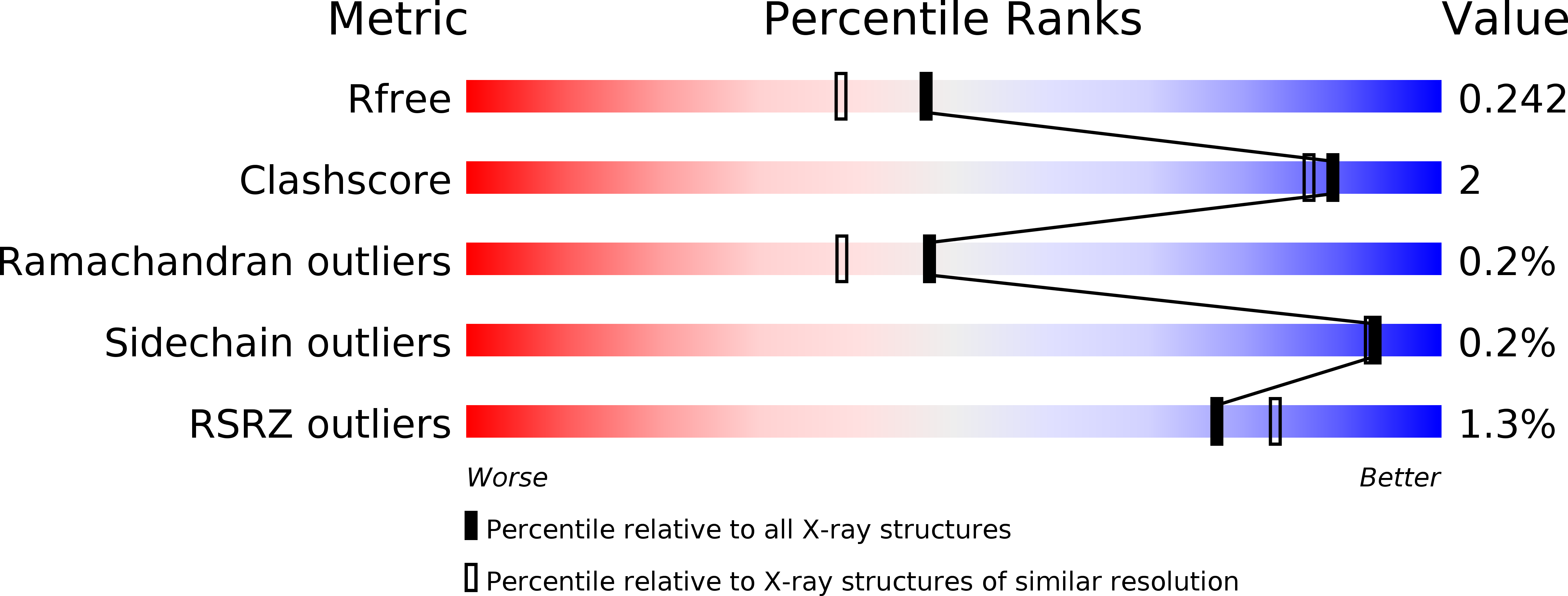
Deposition Date
2016-07-25
Release Date
2017-10-11
Last Version Date
2024-01-10
Entry Detail
PDB ID:
5LL0
Keywords:
Title:
Structure of Polyphosphate Kinase 2 from Francisella tularensis SCHU S4 with polyphosphate
Biological Source:
Source Organism:
Host Organism:
Method Details:
Experimental Method:
Resolution:
1.96 Å
R-Value Free:
0.23
R-Value Work:
0.19
R-Value Observed:
0.19
Space Group:
P 1 21 1


